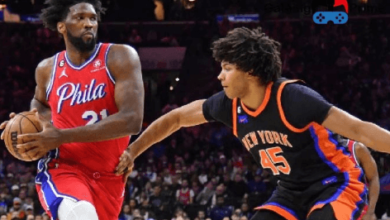Drawing:Pyijjzwn5wa= Naruto

The art of drawing Naruto presents a unique challenge, requiring artists to grasp the intricacies of its distinctive style. This includes not only the vibrant colors and dynamic expressions but also the essential techniques of perspective and shading that breathe life into each character. Mastery of these elements is pivotal in achieving authenticity, yet the journey does not end there. As we explore character sketching tips and the nuances of line work, one must consider how these techniques can elevate a drawing from mere representation to a compelling narrative. What insights might unfold in this artistic exploration?
Understanding Naruto’s Art Style
Naruto’s art style captivates with its dynamic lines and expressive characters, seamlessly blending vivid colors to evoke a sense of movement and emotion that resonates deeply with its audience.
Influenced by traditional anime and manga, the series showcases a remarkable art evolution.
Every frame bursts with energy, inviting viewers to embrace the freedom of imagination, making Naruto an unforgettable visual experience.
Read more: Drawing:Plcxcsjeqpq= Mushroom
Essential Drawing Techniques
Mastering the art of drawing Naruto requires a keen understanding of fundamental techniques that bring its vibrant characters and dynamic action to life.
Employing perspective techniques enhances depth, allowing characters to leap off the page, while effective shading methods add drama and dimension.
Together, these elements create a captivating visual experience, inviting artists to explore their creative freedom in every stroke.
Character Sketching Tips
To bring the iconic characters of Naruto to life on paper, artists should focus on capturing their unique traits through careful observation and dynamic line work.
Emphasizing proportional anatomy enhances the authenticity of each character, while bold strokes and vivid colors breathe life into their expressive features.
Read more: Drawing:Pjyguv9kioe= Armadillo
Conclusion
In conclusion, mastering the art of drawing Naruto involves a harmonious blend of techniques and an appreciation for its vibrant aesthetic.
The juxtaposition of dynamic line work against the emotive expressions of characters creates a captivating visual narrative.
Emphasizing unique traits alongside proportional anatomy allows for authenticity, while effective use of perspective and shading introduces depth.
Ultimately, the rich tapestry of Naruto’s world invites artists to explore the balance between movement and emotion, capturing its essence with every stroke.




